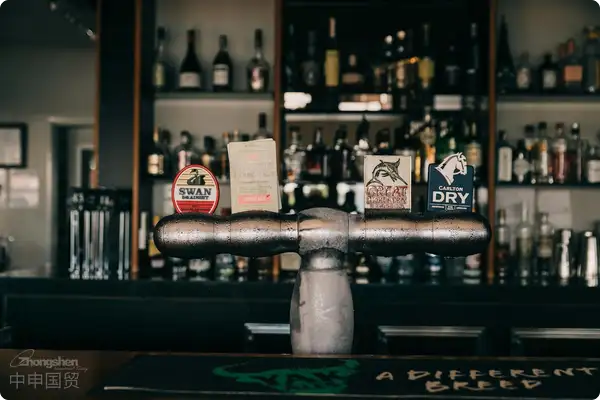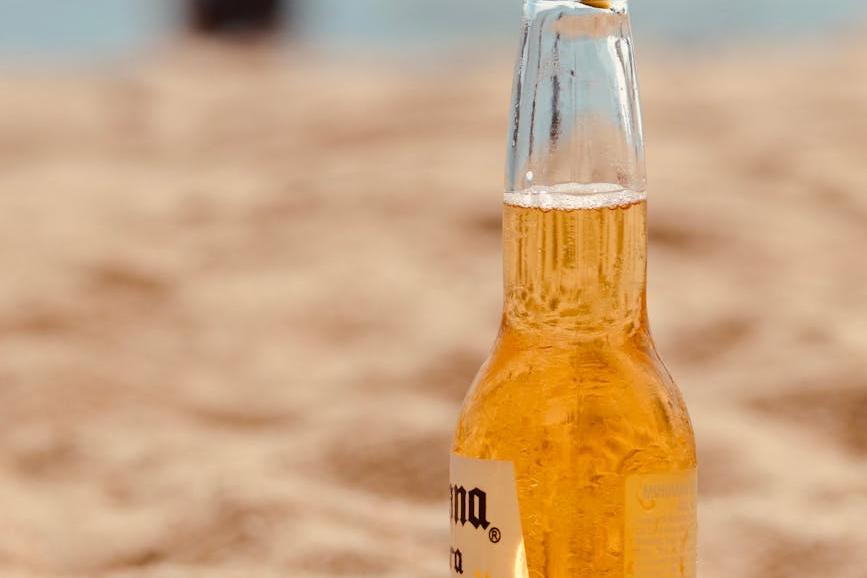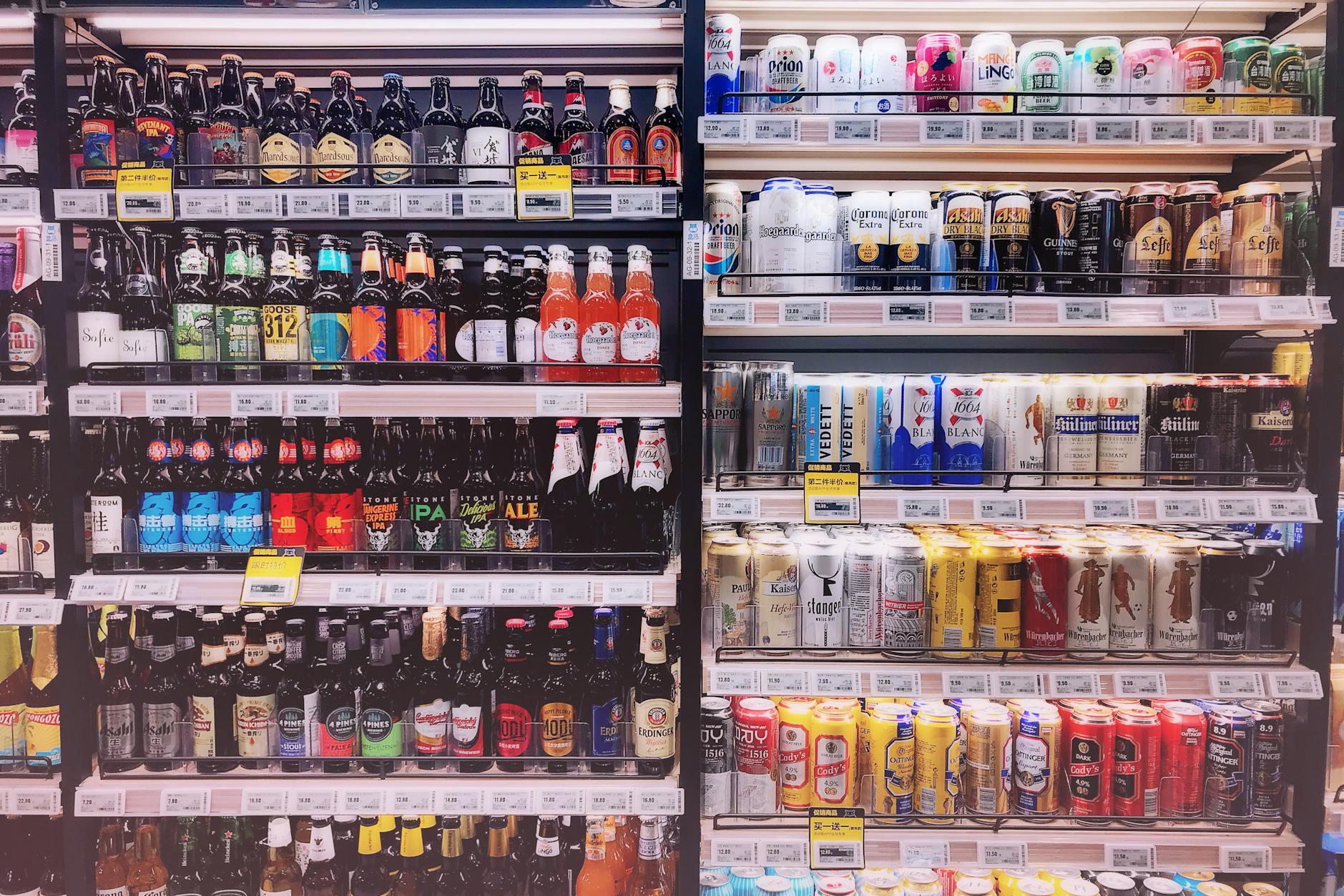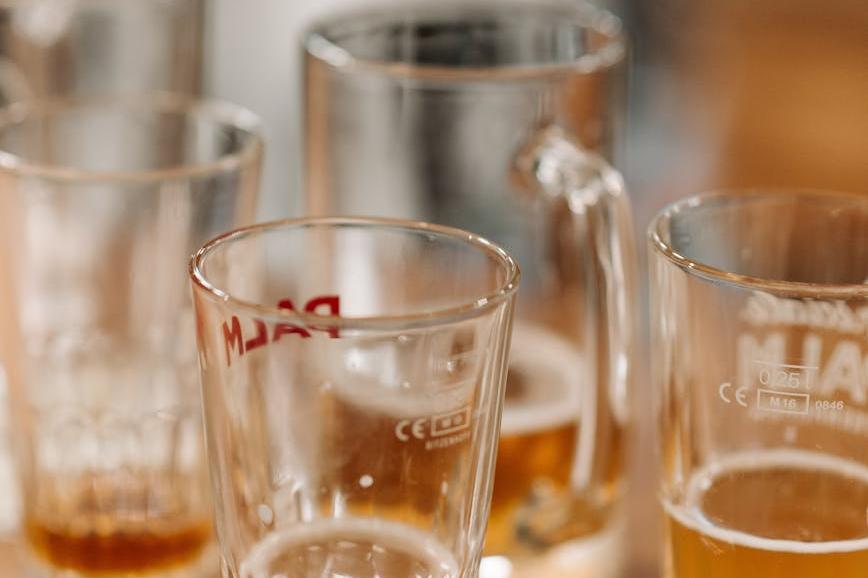- Shanghai Zhongshen International Trade Co., Ltd. - Two decades of trade agency expertise.
- Service Hotline: 139 1787 2118

When Beer Meets Customs: The Importers Clearance Required Course
As a twenty-year veteran old handforeign trade, Ive handled over $300 million in beer imports. In 2018 while representing a German dark beer, an alcohol content labeling error caused a full container to be detained at port, generating thousands in demurrage fees daily. This experience taught me: beer importing is both business and a clearance game requiring precise coordination.
Three Essential Passports
- Record - filing of customs importers and exporters of goodsimport and exportThe business license is the entry ticket, while the food distribution license is the industrys knocker. 2025 regulations require importers to complete entity registration on the Cross-border Food Traceability Platform
- Product access thresholds:
- The certificate of origin and sanitary certificate must include yeast strain test reports
- Chinese labels must indicate original wort concentration and hop varieties
- Alcohol content deviation must not exceed the labeled value by ±0.5% vol
- Capital preparation:In addition to regular deposits, it is recommended to reserve 15% of the cargo value as emergency funds for unexpected inspection and quarantine fees
The Four Hidden Reefs in Customs Clearance
Last year, a craft beer importer unfamiliar with new regulations transported Belgian abbey beer at room temperature, deactivating live yeast - ultimately deemed quality defective. To avoid similar situations, note:
| Link | Frequently Asked Questions | Solutions |
|---|---|---|
| Customs Declaration | HS code was mistakenly classified under 22030000 (regular beer) | Craft beer should be classified under 2202910000 (other fermented beverages) |
| Inspection and quarantine | Excessive sulfur dioxide residue | Require suppliers to provide brewing water test reports |
| Warehousing and transportation | Temperature fluctuations causing bottle breakage | Use dual-temperature zone containers (upper layer 5°C/lower layer 15°C) |
The Survivorship Bias in Product Selection Strategy
2025 customs data shows 43% of imported beer returns stem from market misjudgment. We recommend the Three-Thirds product selection method:
- Three mandatory checks:Distribution density of nightclubs in target cities, occupancy rate of convenience store refrigerators, average customer spending at craft beer bars
- Three comparisons:Difference in import tax rates (Germany 9.6% vs Belgium 7.2%), shipping cycle (Maritime Transportation35 days vs China-Europe Railway Express18 days), inventory turnover cycle (industrial beer 180 days)
The Golden Triangle of Risk Control
- Quality firewall:Conduct destructive sampling inspection at port of shipment (3 cases opened for inspection per 1,000 cases)
- Financial safety cushion:Adopt LC+reserve fund payment model (70%L/C+30% cash on delivery
- Legal moat:Include parallel import disclaimer clauses and trademark territorial protection clauses in agency agreements
I recall handling Japanese craft beer clearance when discovering its Mount Fuji label resembled a domestic beer trademark. We overnight produced overlay stickers to avoid infringement while saving the shipment. This reminds us: in imported beer, professional attention to detail is the true winning yeast.
Related Recommendations
? 2025. All Rights Reserved. Shanghai ICP No. 2023007705-2  PSB Record: Shanghai No.31011502009912
PSB Record: Shanghai No.31011502009912










